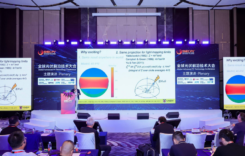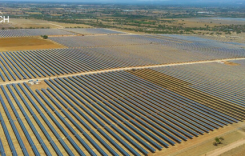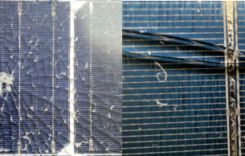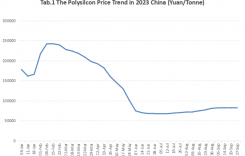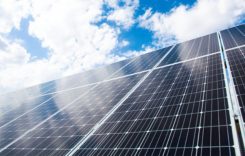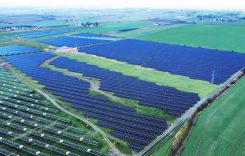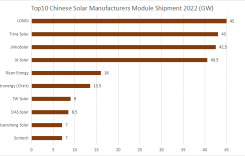PVTIME – Japan is witnessing an energy revolution. As the global photovoltaic industry shifts towards lightweight and highly adaptable solutions, GraceSolar has introduced an innovative “vertical beam horizontal placement” aluminum alloy ground-mounted support system. In this typhoon-prone region, a 17.17MW green energy array has been established, adding a strategic stronghold to Japan’s renewable energy landscape.
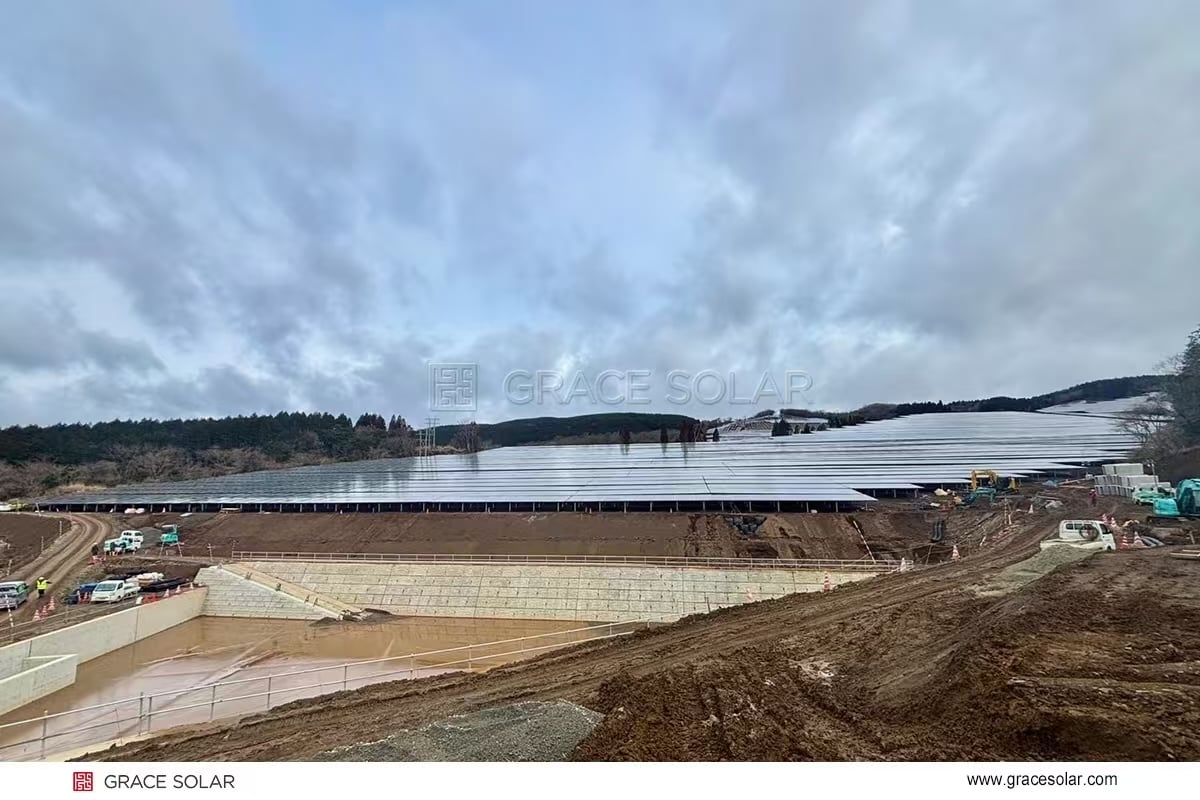
How Vertical-to-Horizontal Beam Design Solves Mountain Solar Challenges?
Kyushu Island’s terrain presents an extreme challenge for photovoltaic development: rolling hills with an average slope of 30%, a humid climate with heavy annual rainfall increasing metal corrosion risks, and frequent typhoons during summer and autumn causing frequent structural deformations. Traditional steel supports face critical shortcomings here—high corrosion risk, difficult precision control on slopes, elevated maintenance costs during typhoon seasons, and low installation efficiency…
GraceSolar’s R&D team has innovatively adopted a longitudinal main beam horizontal placement scheme, modularizing the support system. This design, akin to assembling “Lego blocks,” provides a tailored solution for mountainous terrains. Each unit uses pre-assembled aluminum alloy components, significantly enhancing wind load resistance, shortening installation cycles, and perfectly adapting to the fragmented plots of mountainous areas.
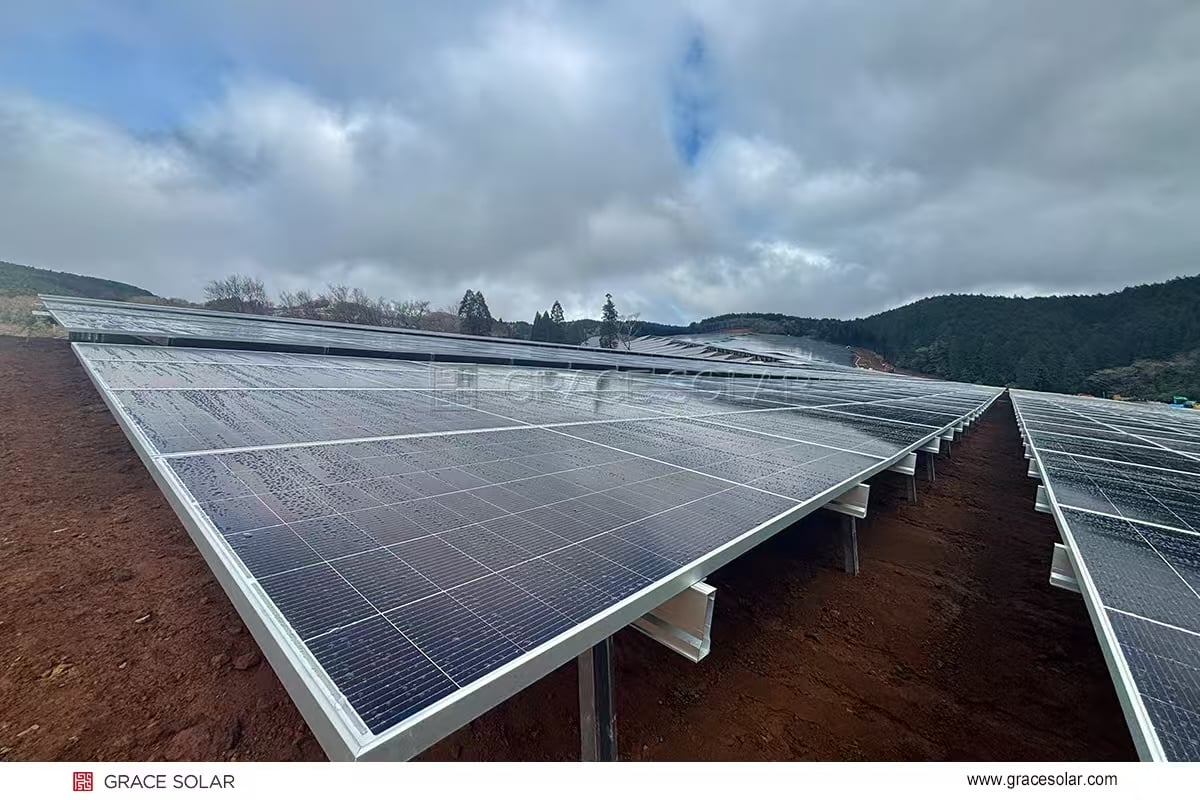
3 Key Advantages of Aluminum Alloy in Solar Mounting Systems
The project employs 6005-T5 aviation-grade aluminum alloy, achieving an extreme lightweight of 1.8kg per square meter, reducing weight by 65% compared to traditional steel. A special anodizing process forms a 10μm protective layer, passing the JIS H8601 salt spray test with a corrosion-resistant lifespan exceeding 30 years. In Kyushu Island’s acidic soil rich in Aso volcanic ash, the support system is like wearing an invisible armor, reducing maintenance costs by 55%. It has also received dual certifications from JPEA and JIS, becoming the first ground-mounted support system to achieve this. This “flexible yet strong” characteristic brings disruptive value:
● Eco-friendly: No galvanizing pollution, reducing land restoration costs by 70%
● Full-cycle economics: 30-year maintenance-free design, lowering LCOE to 9.2 yen/kWh
● Carbon footprint innovation: Reducing carbon emissions by 48 tons from raw materials to installation, equivalent to planting 2,600 cedar trees
How Do Government Policies Accelerate the Adoption of Solar Energy?
Driven by the Japanese government’s target of 36-38% renewable energy by 2030, 17.17MW solar project directly benefits from policy incentives. The Ministry of Economy, Trade, and Industry (METI) has listed the project as a “Regional Symbiosis Renewable Energy Key Demonstration Project,” providing a subsidy of 140,000 yen per kilowatt for new energy infrastructure, totaling 2.4 billion yen. This funding is specifically allocated for mountain solar technology innovation, including the development and testing of the vertical beam horizontal placement support system. More profoundly, the project has spurred local employment and industrial upgrades: creating 320 direct jobs during construction and 45 long-term positions during operation.
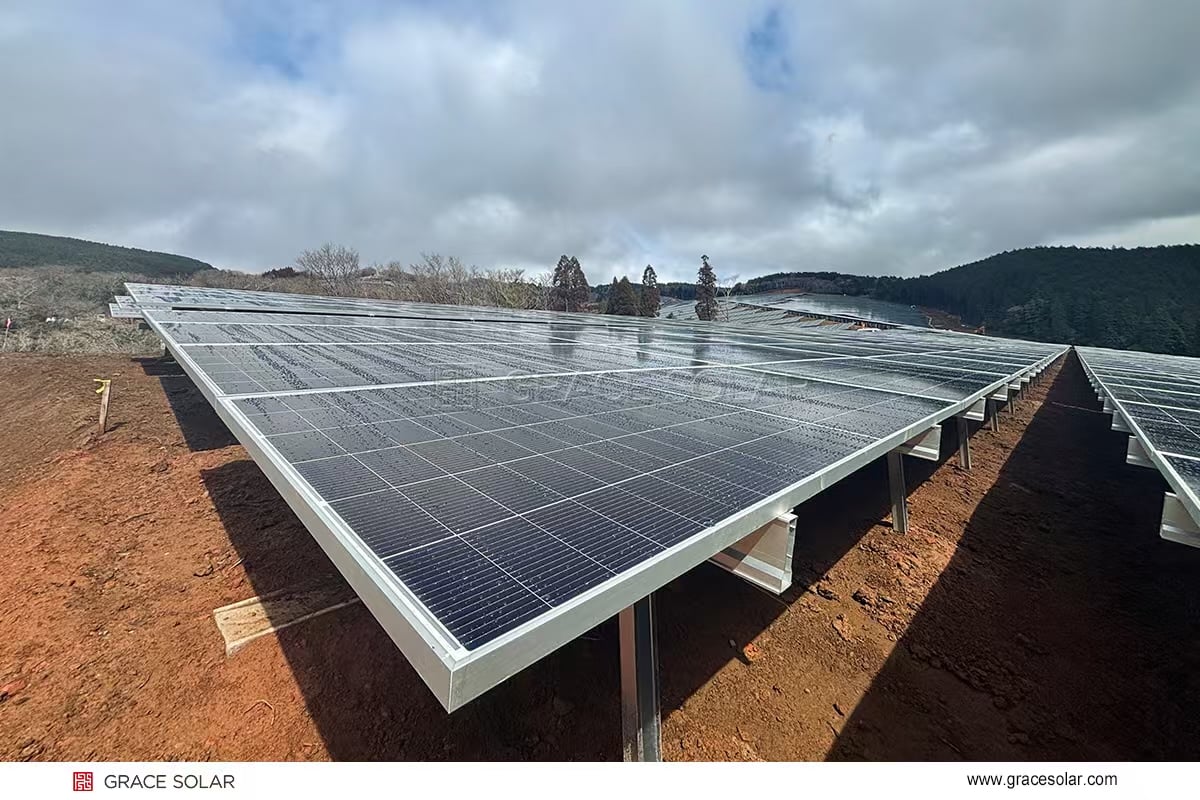
Innovative Solar Mounting Tech Shaping a Sustainable Future
The project’s unique modular connectors enable zero-welding, all-bolt assembly, with installation precision controlled within ±5mm. Joint tests with the University of Tokyo show its dynamic load-bearing capacity is 1.5 times the JIS C8955 standard, maintaining zero structural damage during Kyushu’s magnitude 7 earthquake in 2023.
In this quiet energy revolution, the relationship between humans and the land is being redefined. The success of Japan project is not just a technological breakthrough but a profound practice in sustainable development. Looking ahead, GraceSolar will bring the “Japan Model” to broader lands, allowing green energy seeds to take root in more regions. With technological innovation as the pen and sustainable development as the ink, GraceSolar is drawing a new blueprint for the renewable energy revolution in the Asia-Pacific region and beyond. In the future, as more “Japan Models” take root worldwide, the harmonious coexistence of humans and nature will no longer be a dream but a reality in the making.


